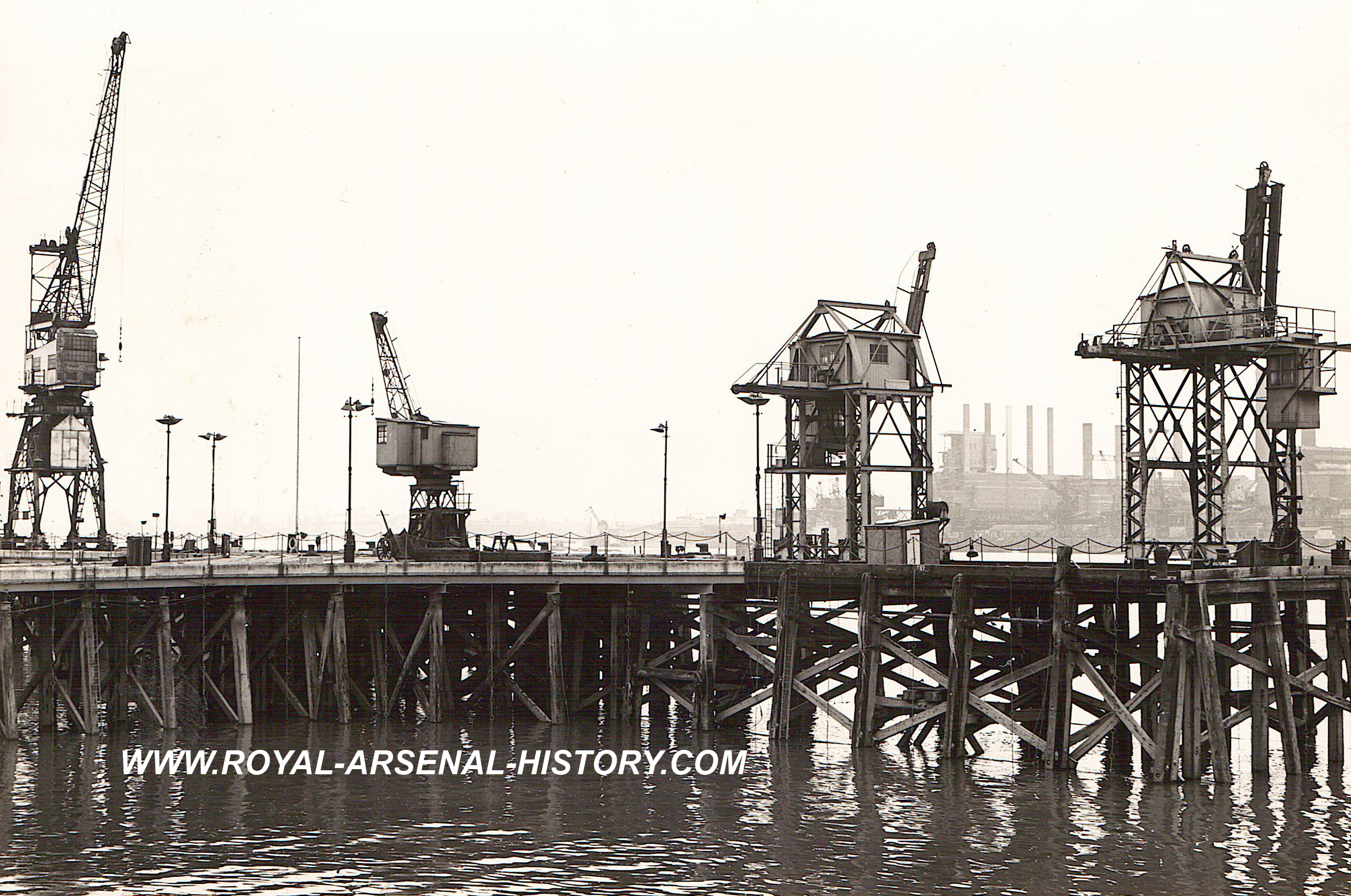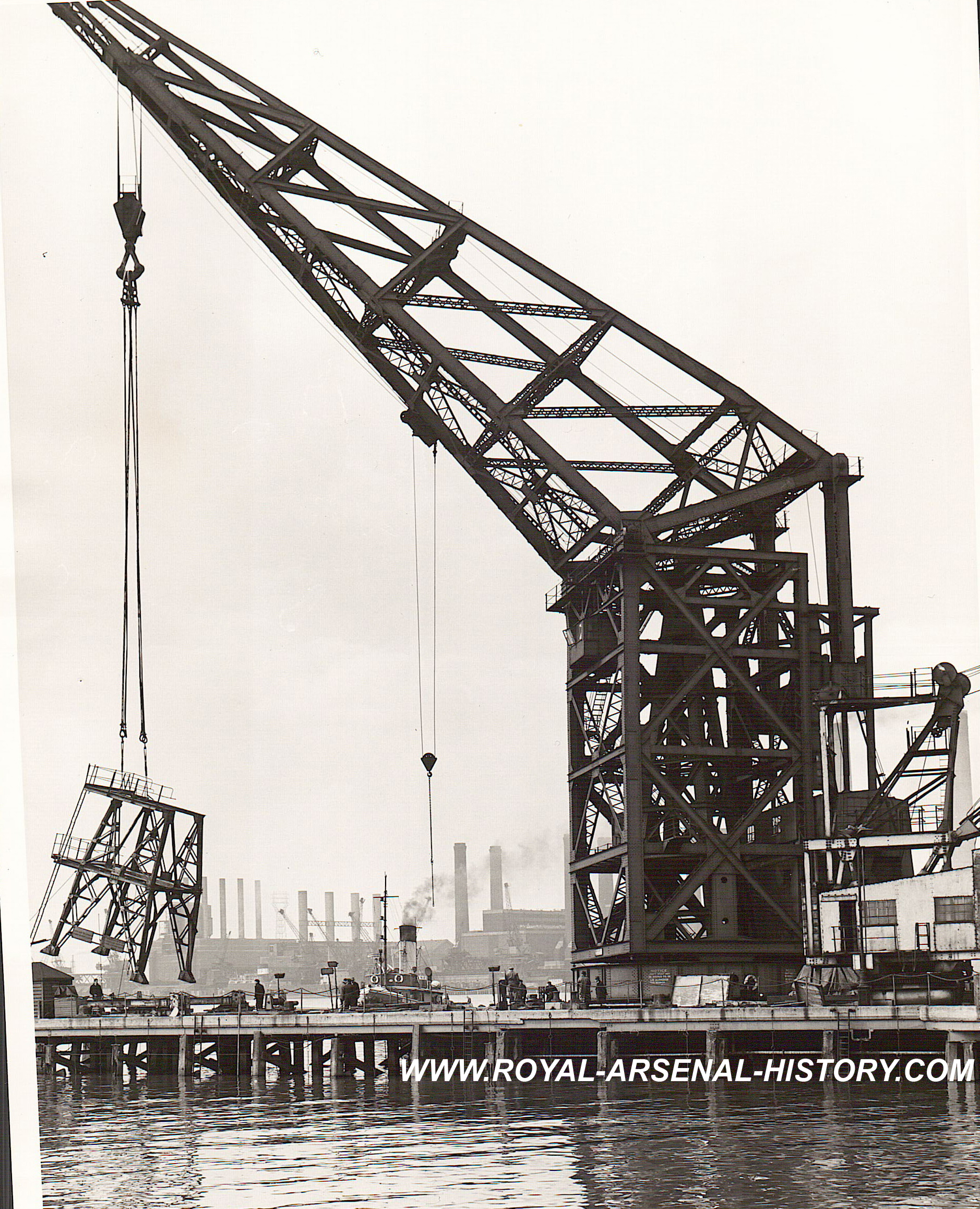A cathedral on marsh land!
The Crossness Pumping Station was built by Sir Joseph Bazalgette as part of Victorian London's urgently needed main sewerage system. It was officially opened by the Prince of Wales in April 1865.
The Beam Engine House is a Grade 1 Listed Industrial Building constructed in the Romanesque style and features some of the most spectacular ornamental Victorian cast ironwork to be found today. It also contains the four original pumping engines (although the cylinders were upgraded in 1901), which are possibly the largest remaining rotative beam engines in the world, with 52 ton flywheels and 47 ton beams. Although modern diesel engines were subsequently introduced, the old beam engines remained in service until work on a new sewerage treatment plant commenced in 1956. Following abandonment in the mid 1950's, the engine house and engines were systematically vandalised and left to decay, which greatly impeded the Trust's restoration programme.
The Crossness Engines Trust, a registered charity, was set up in 1987 to restore the installation which represents a unique part of Britain's industrial heritage and an outstanding example of Victorian engineering. A large part of the restoration work so far carried out has been done entirely by an unpaid volunteer workforce.
Please see The Crossness Engines Trust facebook page and website for more information.
The Beam Engine House is a Grade 1 Listed Industrial Building constructed in the Romanesque style and features some of the most spectacular ornamental Victorian cast ironwork to be found today. It also contains the four original pumping engines (although the cylinders were upgraded in 1901), which are possibly the largest remaining rotative beam engines in the world, with 52 ton flywheels and 47 ton beams. Although modern diesel engines were subsequently introduced, the old beam engines remained in service until work on a new sewerage treatment plant commenced in 1956. Following abandonment in the mid 1950's, the engine house and engines were systematically vandalised and left to decay, which greatly impeded the Trust's restoration programme.
The Crossness Engines Trust, a registered charity, was set up in 1987 to restore the installation which represents a unique part of Britain's industrial heritage and an outstanding example of Victorian engineering. A large part of the restoration work so far carried out has been done entirely by an unpaid volunteer workforce.
Please see The Crossness Engines Trust facebook page and website for more information.
Crossness Pier
Gun powder wagons used with the Magazine (Tump) railway network


